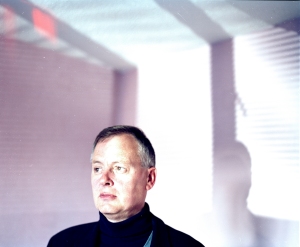The majority of subarachnoid haemorrhages are caused when a brain aneurysm bursts open. A brain aneurysm is a bulge in a blood
vessel caused by a weakness in the blood vessel wall. It can happen to anyone at any age. Approximately 9,000 people per year have a Subarachnoid Haemorrhage in Britain. Up to 30% of people who have a SAH dont make it to hospital and of those who do make it to hospital 30-40% Die. Hospitalised patients then have a mortality rate of 40% in the first month without taking into account the risk of a rebleed. My Father had a Subarachnoid Haemorrhage on Saturday 27th July 1996 when he was 37 years old. I have been working on the project ‘does not suggest that death within 6 months is likely to occur’ with him, which was a main reaction to the recent Welfare Reform Bill 2010-2012. This saw my Father having to prove his disabilities in an attempt to carry on receiving support from the Department of Work and Pensions in the newly revised Incapacity Benefit. It soon became apparent that this was also a question of life after a Brain Haemorrhage, 16 years on.
The support for survivors is very good but it is hard to find, and the awareness of this form of stroke in the general population is low. A lot of SAH survivors have said that they didnt know what it was until they had one. I want to now reach out to the SAH survivors community and get them to share their stories in the same manner as i have in telling my Fathers Story. I want to create an Online Platform which will house links to Multimedia stories i have collaborated in producing with SAH survivors, a day in the life after a brain haemorrhage.



